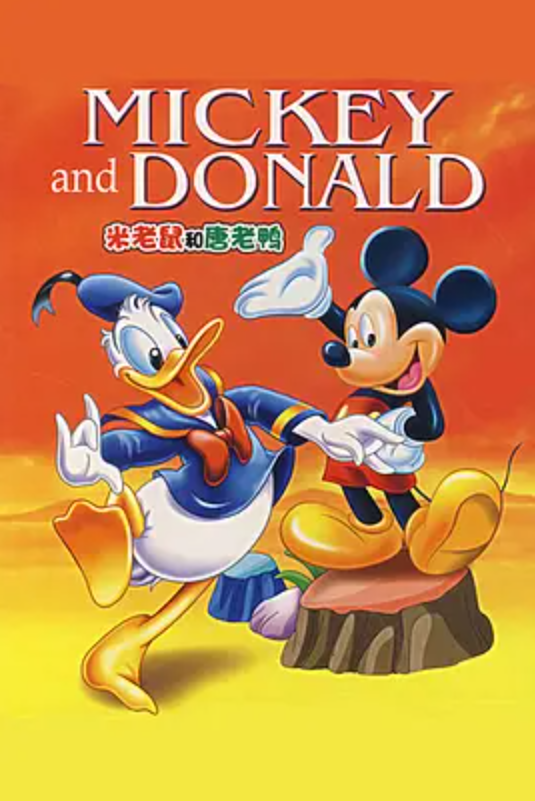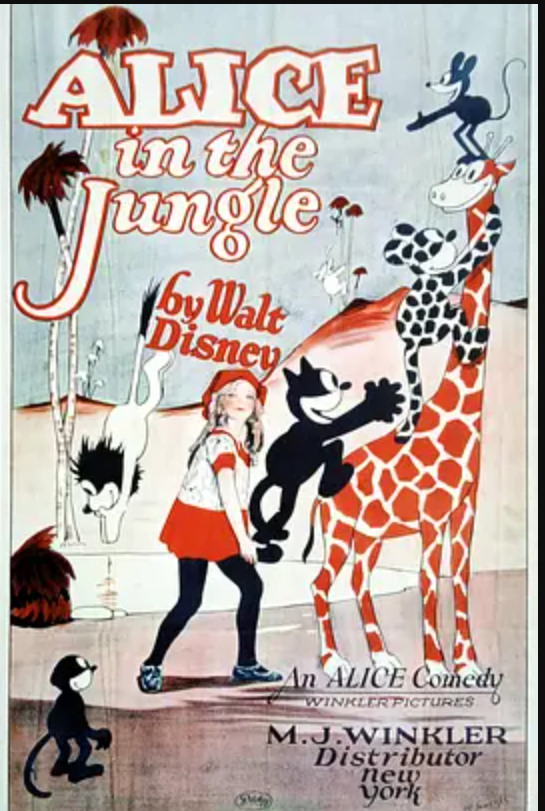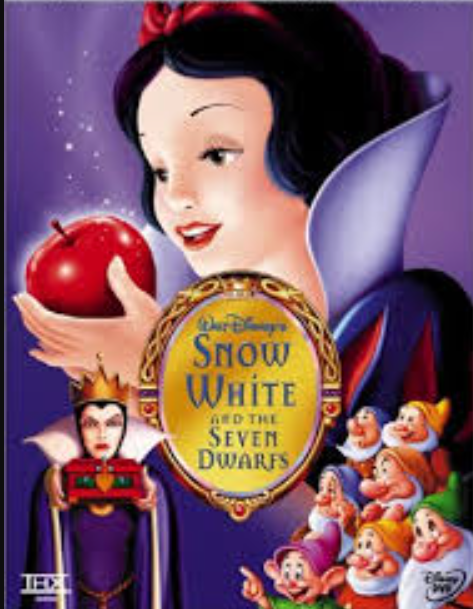
Walt Disnaey
Walt Elias Disney (December 5, 1901 - December 15, 1966) was an American animator, film producer and entrepreneur. As a pioneer of the American animation industry, he introduced some of the developments in animated filmmaking. As a filmmaker, he holds the record for the most Academy Awards and individual nominations. He has received two Golden Globe Awards for Special Achievement and an Emmy Award, among other honors. Several of his films are included in the National Film Registry by the Library of Congress and have been recognized by the American Film Institute as among the greatest films of all time.
Born in Chicago in 1901, Disney developed an early interest in drawing. He took art classes as a child and got a job as a commercial illustrator at the age of 18. He moved to California in the early 1920s and founded Disney Brothers Studios (now the Walt Disney Company) with his brother Roy. In 1928, he collaborated with Ub Iwerks on the character of Mickey Mouse, his first popular success. He also provided the voices for his earlier creations. As the studio grew, he became more adventurous, introducing synchronized sound, full-color triple-band specials, feature-length cartoons, and camera technology developments. These results were seen in such feature films as Snow White and the Seven Dwarfs (1937), Pinocchio, Fantasia (both 1940), Dumbo (1941), and Bambi (1942), furthering the development of the animated film. New animated and live-action films emerged after World War II, including the hugely successful Cinderella (1950), Sleeping Beauty (1959), and Joy to the World (1964), the last of which won five Academy Awards.
In the 1950s, Disney entered the amusement park industry and opened Disneyland in July 1955 in Anaheim, California. To finance the project, he dabbled in television programs such as Walt Disney's Disneyland and the Mickey Mouse Club. He was also involved in planning the 1959 Moscow Exposition, the 1960 Winter Olympics, and the 1964 New York World's Fair. In 1965, he began developing another theme park, Disney World, which centered on becoming a new kind of city, the "Experimental Prototype Community of Tomorrow" (EPCOT). Disney was a heavy smoker throughout his life and died of lung cancer in December 1966 before the park or EPCOT project was completed.
Disney is a shy, self-deprecating, insecure person in private, but comes across as warm and outgoing in public. He had high standards and high expectations for those who worked with him. Although some have accused him of being racist or anti-Semitic, many who knew him have refuted these accusations. Disney's historiography has a variety of perspectives, ranging from seeing him as a purveyor of simple patriotic values to a representative of American imperialism. Widely regarded as one of the most influential cultural figures of the twentieth century, Disney continues to hold an important place in the history of animation and in American cultural history, and is recognized as a national cultural icon. His film productions continue to be screened and adapted, Disney theme parks continue to grow in size and number, attracting visitors from several countries, and his company has grown into one of the largest mass media and entertainment conglomerates in the world.
 Chinese
Chinese  English
English  Japanese
Japanese 


